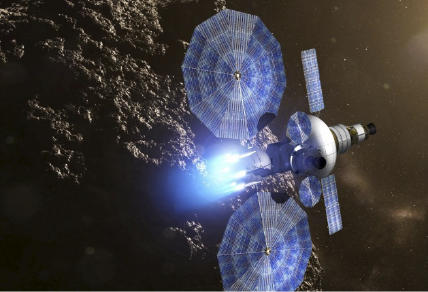
Advanced Space Architectures Program: Championing Innovation in Next-Generation In-Space Operations
Summary
America’s leadership in space exploration and utilization could greatly accelerate by using a fundamentally different approach to in-space operations than that which exists today. Most of today’s spacecraft are locked into their launch configurations, with little or no ability to be updated or serviced once in space. But by leveraging recent and emerging capabilities to manufacture, assemble, and service spacecraft in space, we can dramatically improve the cost-effectiveness, productivity, and resiliency of our space systems.
To achieve this, the Biden-Harris Administration should launch a new Advanced Space Architectures Program (ASAP) to enable a new generation of in-space operations. ASAP would operate under a public-private consortium model to leverage government investment, engage a broad community, and bring in the support of international partners. In this memo, we propose two specific missions that the next administration could undertake early to initiate the ASAP program and demonstrate its efficacy. Initiating ASAP as soon as possible will help the new administration’s mission to build back better: for our economy, for science and exploration, for international leadership in mitigating the climate crisis, and for the security of our nation.
This year’s Red Sky Summit was an opportunity to further consider what the role of fire tech can and should be – and how public policy can support its development, scaling, and application.
Promising examples of progress are emerging from the Boston metropolitan area that show the power of partnership between researchers, government officials, practitioners, and community-based organizations.
FAS supports the bipartisan Regional Leadership in Wildland Fire Research Act under review in the House, just as we supported the earlier Senate version. Rep. David Min (D-CA) and Rep. Gabe Evans (R-CO) are leading the bill.
The current wildfire management system is inadequate in the face of increasingly severe and damaging wildfires. Change is urgently needed